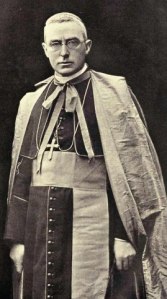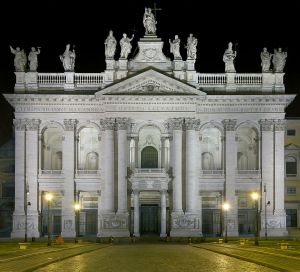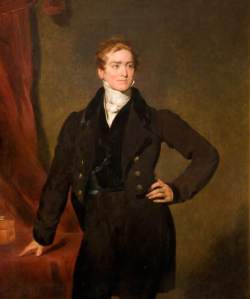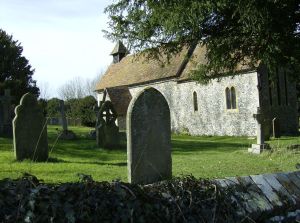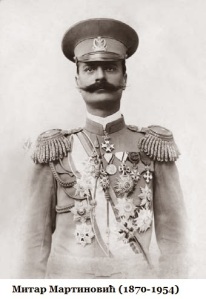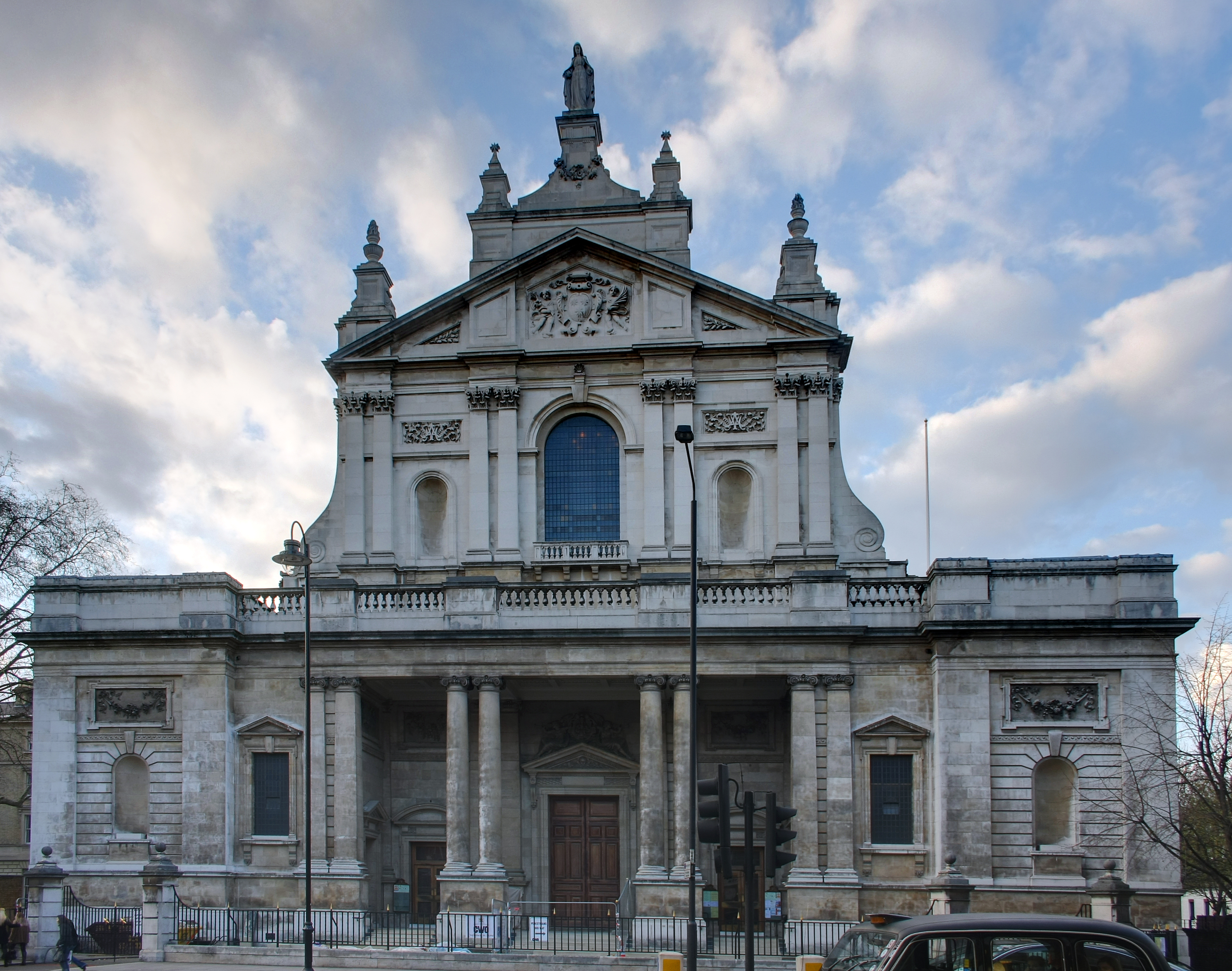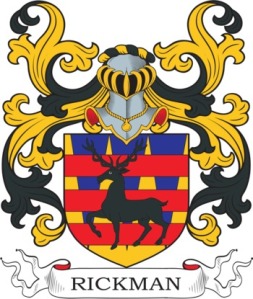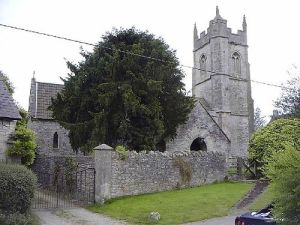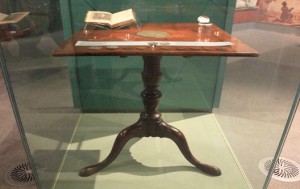A List of several Papists who came before the Mayor of the City of Cork, took the Oath of Allegiance, with the Quality, Title, Place of Abode, and the Days on which the appeared: 16th August. 1775.
William Hally, Cork City, Gent.
William Curtin, Cork City, Merchant.
William Coppinger, Barry’s Court, Esq.
Herbert Baldwin, Cork City, Surgeon.
Stephen Coppinger, Cork City, Merchant.
John Fitzgerald, Cork City, Merchant.
Daniel Donovan, Little Island, Gent.
Nicholas Walsh, Cork City, Surgeon.
Richard Shepheard, Dougheloyne, Farmer.
John Moylan, Cork City, Merchant.
Andrew Drinan, Cork City, Merchant.
Timothy Scannell, Cooper, Cork City.
William O’Brien, Cork City, Doctor of Physic.
Patrick Donovan, Milltown, Gent.
Barth. Brady, Merchant. Cork City.
Henry Shea, Merchant. Cork City.
Nicholas Hogan, Glover, Cork City.
John Callanan, Merchant. Cork City.
Jery Murphy, Merchant. Cork City.
Michael Mathews, Bookseller, Cork City.
William O’Brien, Publican, Cork City.
James Meaghan, Publican, Cork City.
Thomas Roche, Merchant. Cork City.
James John Barrett, Cooper, Cork City.
William Coppinger, Merchant. Cork City.
John Callanan, Doctor of Physic. Cork City.
Silvester Ryan, Merchant, Cork City.
David Rochford, Gent, Cork City.
Cornelius Sullivan, Merchant, Cork City.
Daniel Tawmy, Publican, Cork City.
James Philip Trant, Gent, Cork City.
David Connell, Merchant, Cork City.
Charles Maguire, Linen Draper, Cork City.
Marcus Sullivan, Merchant. Cork City.
John King, Merchant, Cork City.
John Silk,Woolen Draper. Cork City.
Michael McDermott, Silversmith, Cork City.
Humphry Sullivan, Shopkeeper, Cork City.
William O’Brien, Shopkeeper, Cork City.
Charles O’Neill, Shopkeeper, Cork City.
David Nagle, Merchant, Cork City.
John Newce, Shopkeeper, Cork City.
Florence Leary, Publican. Cork City.
Jery McCroghan, Merchant Taylor, Cork City.
Robert Ferguson, Surgeon. Cork City.
John Shea, Merchant. Cork City.
John Coppinger, Barry’s Court, Gent.
James Kelly, Merchant, Cork City.
Dominick Callanan, Apothecary, Cork City.
James O’Brien, Merchant, Cork City.
Patrick Crowley, Butter-Buyer, Cork City.
Daniel Daly, Shopkeeper, Cork City.
James Murphy, Butter-Buyer, Cork City.
Daniel Foley, Wollen Draper, Cork City.
Thomas Granahan, Woolen Draper, Cork City.
Michael Wolfe, Merchant. Cork City.
Henry Shea, Merchant. Cork City.
John Creagh, Jnr. Merchant. Cork City.
Robert Hickson, Merchant. Cork City.
Mathias Colbert, Surgeon, Cork City.
Walter Shea, Cooper, Cork City.
James Hogan, Shopkeeper, Cork City.
John Barry, Merchant. Cork City.
Joseph Goold, Cooper, Cork City.
Daniel Fanning, Cooper, Cork City.
Patrick O’Gunner?, Merchant. Cork City.
Francis Hore, Coach Maker, Cork City.
Michael Hore, Coach Maker, Cork City.
Owen McCarthy, Shop Keeper, Cork City.
William Brady, Shopkeeper, Cork City.
John McGrath, Merchant Taylor, Cork City.
David Fitzgerald, Merchant. Cork City.
Bartholomew Guynan, Merchant, Cork City.
John Guynan, Merchant. Cork City.
Andrew White, Merchant. Cork City.
Terence O’Brien, Gent. Cork City.
William Shea, Merchant. Cork City.
Charles Mccarthy, Merchant, Cork City.
James Rourke, Cabinet Maker. Cork City.
John Tracey, Shop Keeper, Cork City.
Daniel Griffin, Tobacconist, Cork City.
James Hayes, Merchant. Cork City.
Philip Dynan, Joiner. Cork City.
Jeremiah Egan, Merchant. Cork City.
William Trant, Merchant. Cork City.
Daniel Coughlan, Shop Keeper, Cork City.
William Quinn, Shop Keeper, Cork City.
William Molloy, Shop Keeper, Cork City.
Robert French, Gent. Cork City.
Jeremiah Driscoll, Shop Keeper, Cork City.
Patrick Creagh, Merchant. Cork City.
Stephen Anster, Merchant. Cork City.
John Keane, Shop Keeper, Cork City.
Ignatius Trant, Merchant. Cork City.
Simon Donovan, Baker, Cork City.
Denis Desmond, Shop Keeper, Cork City.
Andrew Shea, Shop Keeper, Cork City.
John Hillary, Silversmith, Cork City.
Thomas White, Merchant, Cork City.
Philip Harding, Merchant, Cork City.
John Healy, Merchant. Cork City.
John Morrogh, Merchant. Cork City.
Edmond Barratt, Merchant, Cork City.
William Roche, Merchant. Cork City.
Owen Barman, Shop Keeper, Cork City.
John Doly, Butcher, Cork City.
Thomas Barrett, Shop Keeper, Cork City.
George Goold, Merchant, Cork City.
Henry Goold, Merchant. Cork City.
__________________________
Popish Clergy. Cork.
Hon. John Butler,
Revd. John Finn.
Revd. Dr. Michael Shinnigh.
Revd. Dr. Edmond Synan.
Revd. Timothy Callanan,
Revd. James Bourke.
Revd. Dr. James Hennessy.
Revd. James Michael McMahon.
Revd. Patrick Casey.
Revd. John Lyons.
Revd. Florence McCarthy.
Revd. Denis Murphy.
Revd. Dr. Garret Fahan.
Revd. Dr. Patrick Shortal.
Revd. Arthur O’Leary.
Revd. Thomas Spennick.
Revd. Dr. Daniel Neville.
I certify the foregoing to be a true list, Dated Cork, 30th Jan. 1776.?
William Butler, Mayor.
__________________________
Cork.
A list of persons who have taken the Oath before us.
Robert Ronayne, Gent,
Robert Gofs, or Goss, Merchant,
Both of Youghall in the County of Corke,
William Jackson, Mayor of Youghall,
Matthew Parker.
Youghall, Feb. 4th 1776.
Cork: Oaths of Allegiance 1775. As researched by the Ireland Genealogy Project.



